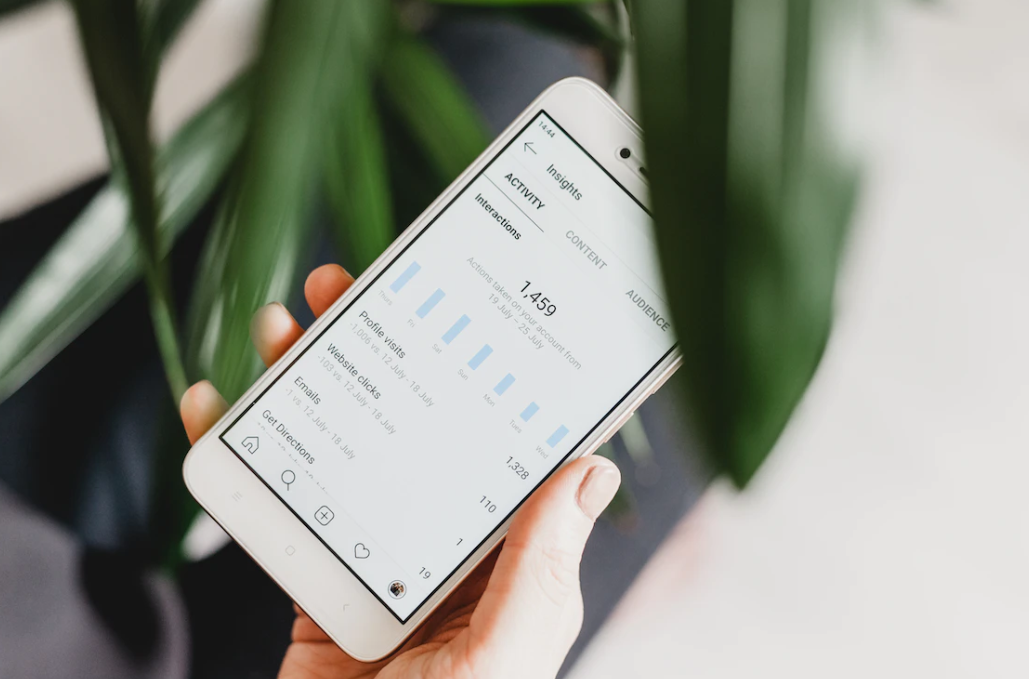
15
MarchSocial Media Marketing (SMM): How It Works?
What is Social Media Marketing
Why is social media marketing important for every business?
SMM is the easiest way to reach an enormous audience — nowadays a half of the global population, 3.8 billion people, use social media. Moreover, this number is constantly growing.
Social media is extremely useful for increasing brand awareness. According to Hootsuite, 52% of online brand discovery happens in public social feeds. In other words, the majority of people learn about new brands on social networks.
In 2021, people spent an average of 2 hours and 24 minutes every day. And this indicator has also grown — time spent on social media increased by 1.4%. That makes social media a great way to not only reach your audience but also to interact with them for a long time.
Every year, social networks become more and more significant in terms of boosting sales. For instance, in 2019, 43% of internet users used social media when researching products before making a purchase. Although only 12% of people are ready to click a “buy” button on Facebook or Instagram, social networks are highly significant in the early stages of the buyer's journey.
Why is social media marketing important for every business?
SMM is the easiest way to reach an enormous audience — nowadays a half of the global population, 3.8 billion people, use social media. Moreover, this number is constantly growing — since 2019, social media use has grown by 9.2%.
Social media is extremely useful for increasing brand awareness. According to Hootsuite, 52% of online brand discovery happens in public social feeds. In other words, the majority of people learn about new brands on social networks.
In 2019, people spent an average of 2 hours and 24 minutes every day. And this indicator has also grown — time spent on social media increased by 1.4%. That makes social media a great way to not only reach your audience but also to interact with them for a long time.
Every year, social networks become more and more significant in terms of boosting sales. For instance, in 2019, 43% of internet users used social media when researching products before making a purchase. Although only 12% of people are ready to click a “buy” button on Facebook or Instagram, social networks are highly significant in the early stages of the buyer's journey.
Advantages of social media marketing
- An opportunity to choose a narrow target audience that is interested in the company's product;
- You can successfully promote not only products and services but also information projects, media or a specific person;
- It allows you to increase brand awareness;
- It increases audience loyalty;
- SMM attracts new visitors to the company website

7 Social Media Marketing Tips for Beginners
- Create a content plan for every platform
- Post regularly and frequently
- Include hashtags to increase brand awareness
- Use visuals to boost engagement
- Explore different content formats
- Interact with your audience
- Entertain your subscribers
So you are ready to start with SMM but still wondering how you can take full advantage of it? We’ve brought you several tips on how to make social media marketing effective.
- Create a content plan for every platform
Doing SMM without a content plan is a bad idea — you’ll get confused quickly, and your marketing won’t be effective. Moreover, you should create a different plan for each platform — they can vary by the average frequency of posting, themes, post formatting, and so on. Your task is to spot optimum options for every platform you use and make it work the best way possible.
To manage all this multiplicity, use special services for auto posting. They will not only help schedule posts but also watch the metrics across all of your social accounts.
2. Post regularly and frequently
The main rule for successful social media marketing is posting on a regular schedule consistently because your followers will get used to receiving your content on a schedule. They will be upset if you don’t deliver it on time. Frequency also matters — brands that publish new content once or twice a day engage twice as many users as brands that post several times a week.
To maintain such a high frequency, try to use pieces of old content — transform existing blog posts, landing pages, and offers that you have on your website into a new format, tailored to each platform. For example, you can publish infographics from your landing page as a self-sufficient post.
3. Include hashtags to increase brand awareness
When used correctly, hashtags will help your content appear in search engine results, spread the knowledge about your brand, and create a closely-knit community. Monitor popular hashtags in your industry and make sure they haven't been used before. Analyze how they perform with your audience.
As well as using existing hashtags, try your hand at creating your own branded hashtags, as Pringles did. Creating your own hashtags allows you to track what your followers and customers are saying about your media presence and product.
4. Use visuals to boost engagement
Incorporating visuals into your social media marketing is not an option, but a necessity — 80% of marketers are already doing it. And it works – users like this kind of content and share it with others more willingly. For instance, tweets with images or other types of visuals are retweeted 1.5 times more than posts without them.
One of the most engaging types of visual content is video — 60% of people said they watched videos on Facebook, Twitter, Snapchat, or Instagram in the last month. And you can create videos without an enormous budget or team of professionals. Instead, try to make animated videos with free services, film your workday on a smartphone.
5. Explore different content formats
Each social media platform offers a variety of content formats. For instance, on Facebook, you can post long reads, short text posts, standard and 360-videos, and stories. Instagram allows you to publish stories, photos, short videos, and long videos.
However, not all of these content formats work well for every business. Try different features that social networks offer you, keep track of the results, and use the ones that work well for your company. For example, National Geographic works with 360-videos and gets tons of reactions from their followers.
6. Interact with your audience
Audience interaction is the primary role of SMM. Regularly monitor comments and discussions, always answer your followers' questions, and never delete negative feedback and reviews. If your client is not satisfied — do your best to change the impression and improve their current and future experiences. Your goal is not only apologizing but also helping the customer solve the problem as Domino’s Pizza does on Facebook.
7.Entertain your subscribers
Finding funny and entertaining content is the main reason that people use social media — for instance, 45% of people aged 16-24 and 33% of 35-44 said that they use socials for entertainment. So, posting jokes on your company’s social media account gives your audience what they want and may increase their engagement. But be careful: jokes should be funny yet polite, industry-related, and dosed accurately.
If you feel awkward posting jokes, try another way to keep them amused with other entertaining content formats such as text games, questions, or challenges. Here is a dose of inspiration from Asos — the company posted a brain teaser and got more than a hundred comments.


Reviews